Essen was a byword for industrial pollution. But in 2017 it has been named European Green Capital. Here's the German city's secret of this recipe for an environmental revolution.
After German reunification, two-thirds of Essen's sewage was drained into the Emscher river. Slaughterhouses and steel mills discharged their offal and refuse here, and the river was a depository for heavy metals and feces. The Emschergenossenschaft, 19 municipalities and numerous companies founded in 1899 as Germany’s first waste water management association, drafted an ambitious plan to restore the river to its natural state and create leisure parks and new areas for economic growth on its banks. Given that the Emscher was also an open sewer filled with Essen’s industrial waste, this was and is still a big job.
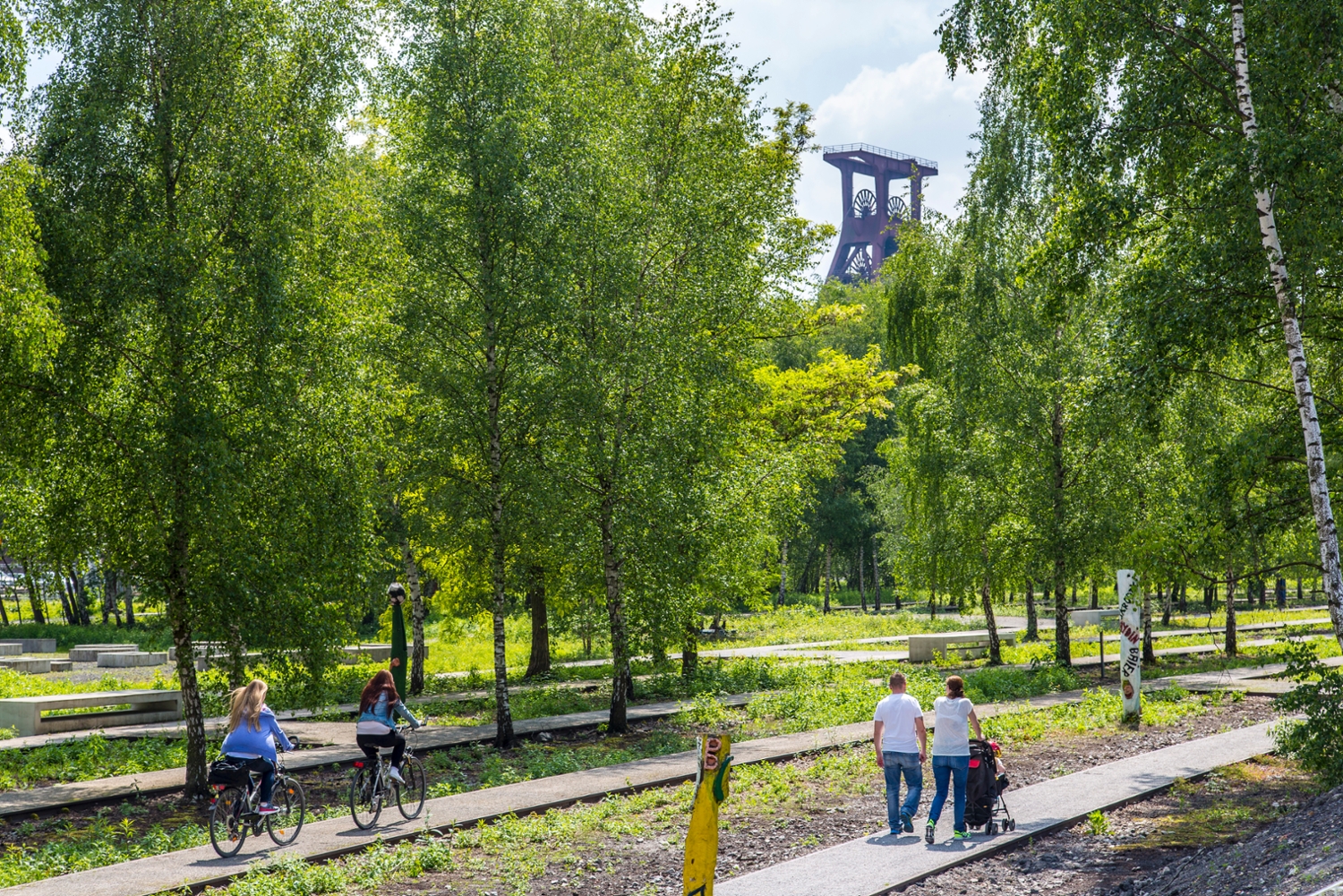
The Zollverein Coal Mine is the most visible reminder of Essen’s industrial history. A UNESCO world heritage site since 2001, it has been converted into a major cultural centre for the region. In the winter, the former cookery is turned into a 150 meter long ice rink. - Copyright: Jochen Tack
The Emschergenossenschaft’s chief executive, Uli Paetzel, now takes his children, nine and 10 years old, to new, verdant playgrounds on the river banks. “This is Europe’s biggest attempt to restore a complete river landscape and be a driver of structural change,” Paetzel says.
“We’re giving the river back to its people.”
From its past as a capital of pollution in the heart of the Ruhr industrial region, Essen has changed. In 2017 it was named European Green Capital by the European Commission.
How has this impressive transformation been possible?
A structural change
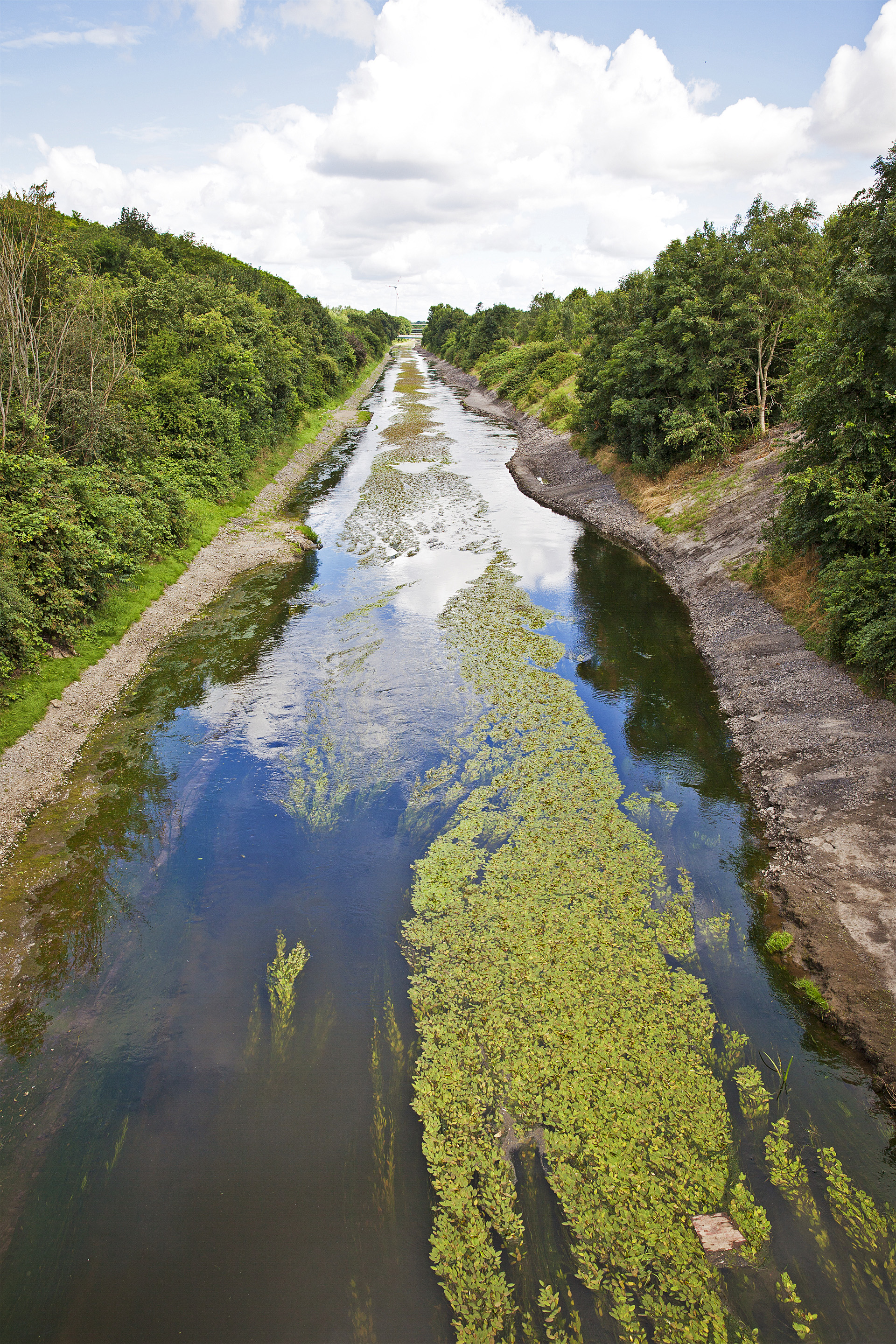
Copyright: Stefan Tuschy
Every year the Green Capital award goes to a city that is at the forefront of environmentally friendly urban living. A panel of experts assess applicant cities on key indicators including air quality, local transport, green urban areas and how they are dealing with climate change.
“Soot, dirt, stench and billowing chimneys – this is what people in other places still associate with Essen,” says Matthias Sinn, head of Essen’s environmental department. “But Essen is prettier and greener than you’d think. All the parks and expanses of water give you a real zest for life.”
The former coal-mining city now features a 23-hectare public park, high water quality and city centre traffic restrictions. “Probably we had a more difficult task than other cities,” adds Sinn.
“Our biggest challenge is to change the mindset of locals and those visiting.”
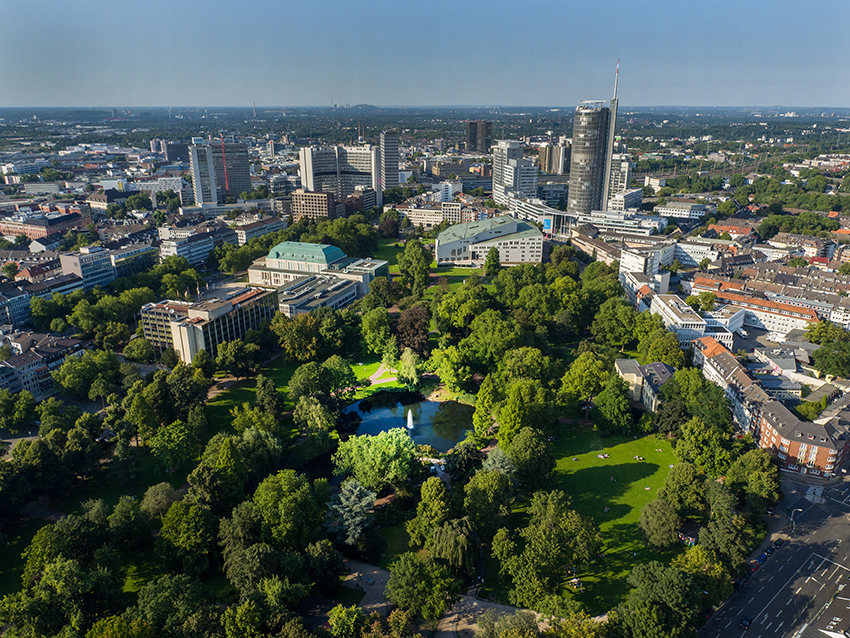
Stadtgarten, a public park in the city centre of Essen. - Copyright: Johannes Kassenberg
A few records
Essen had some impressive achievements to show the judges:
- 3 100 hectares of parks and other green areas, equal to 2 200 soccer fields
- 13 000 jobs in innovative, green sector
- a water-management system with multifunctional green areas used for rainwater management, flood prevention and groundwater recharge.
- 95% of the population now living within 300m of green urban areas
- 376 km of bicycle lanes
- 128 000m2 of road resurfaced with noise-optimised asphalt
- no landfill of domestic waste since the 1960s
…and has ambitious targets:
- reduce CO2 emissions by 40% by 2020
- 25% of all journeys by bicycle by 2035
- 20 000 jobs in the environmental sector by 2025
- 65% of all waste recycled by 2020.
Innovative ideas
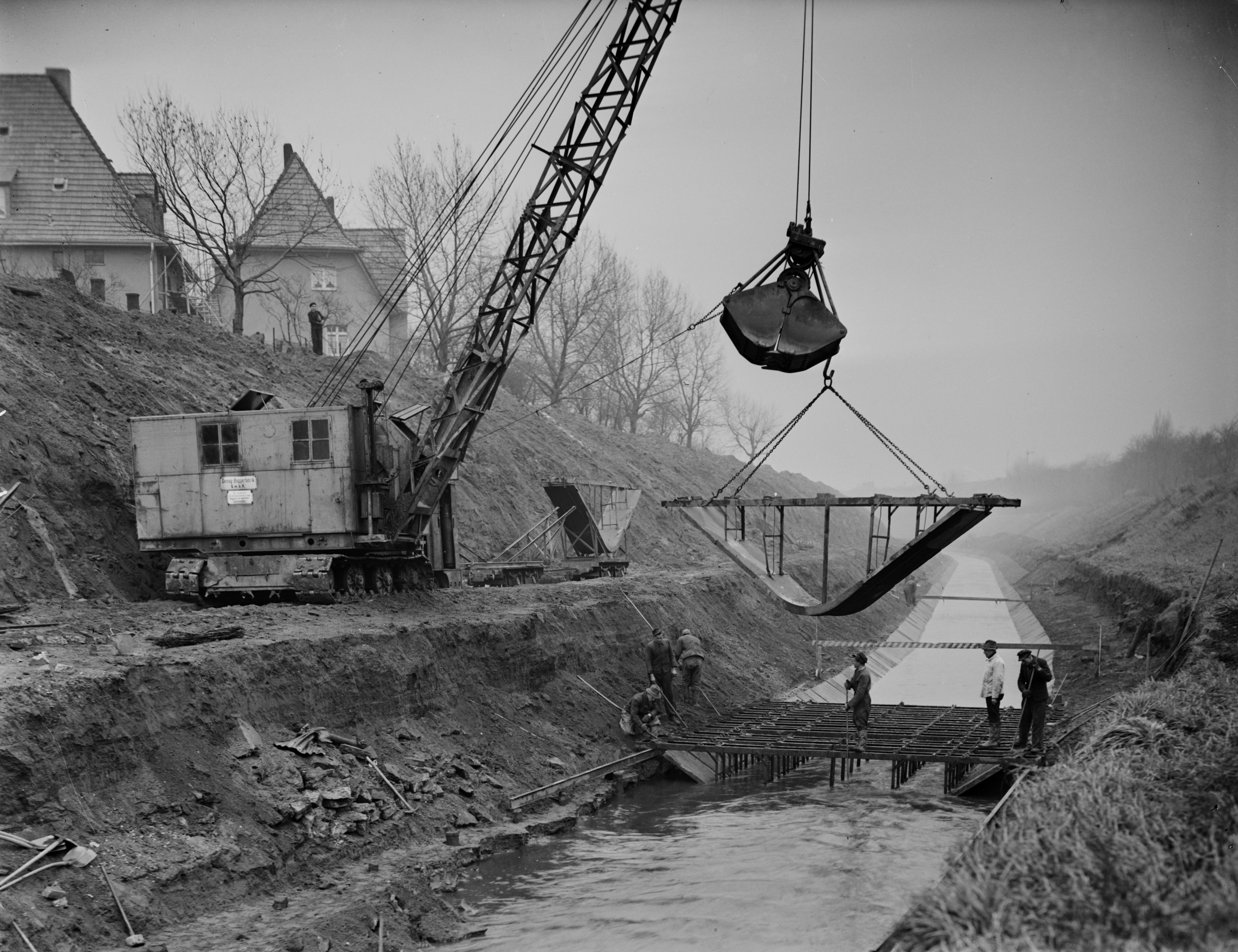
Copyright: Emschergenossenschaft
To regulate the Emscher river at the beginning of the 20th century, the Emschergenossenschaft had to use large concrete blocks.
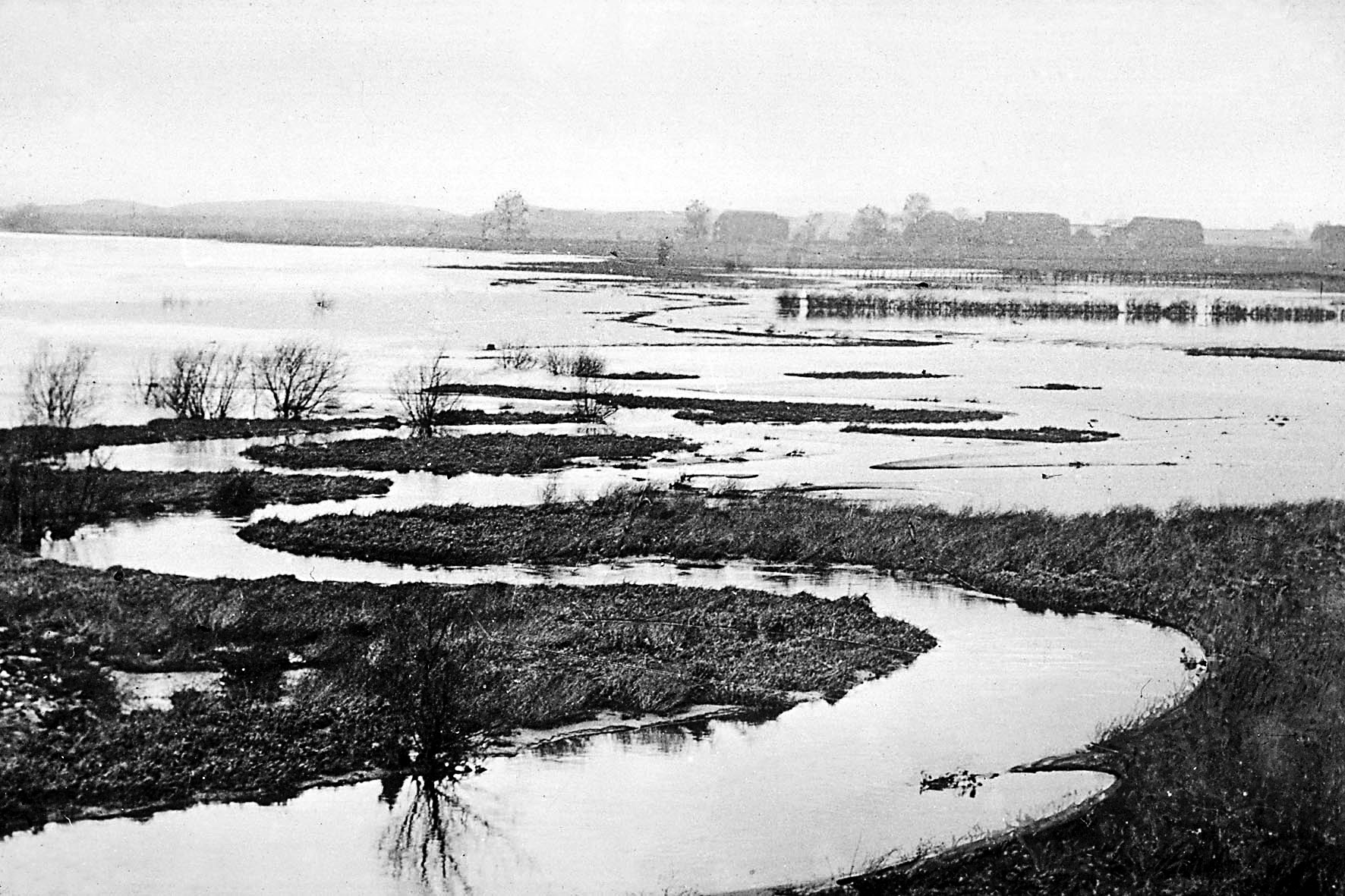
The Emscher river in 1900, one of the first pictures. - Copyright: Emschergenossenschaft
Wastewater management work in Essen was historically tricky. Mine shafts honeycomb the substrata, making it impossible to build underground sewers. Clay pipes would burst, and masonry ducts would crack.
“At the end of the 1980s, coal mining activities moved north so that mining subsidence was no longer a risk,” says Peter Bernsdorff, a loan officer at the European Investment Bank who worked on financing for some Essen’s environmental projects. “It was now possible to construct underground sewers.”
Mind-blowing work
The project:
- is building more than 400km of new underground sewers
- is renaturalising 350km of river banks and landscapes
The cost of the operation is also impressive: EUR 5.3 bn, of which the EIB is financing around 30%.
“What is striking about this project is its massive regional scale, its advanced engineering work, its enhanced biodiversity. You can read about this scale in the project documentation, but you only really realise it when you stand at the bottom of 40m deep shaft and look up into the sky” says Sebastian Hyzyk, an EIB economist. “The construction of additional retention capacity will provide flood protection benefits.”
The EIB provided an initial loan in 2011 for EUR 450m, then added a further EUR 450m covering the period 2014 to 2016. The Bank is working on a third deal for EUR 450m more. In addition the loans are for 45 years and have a fixed interest rate, despite the long maturity.
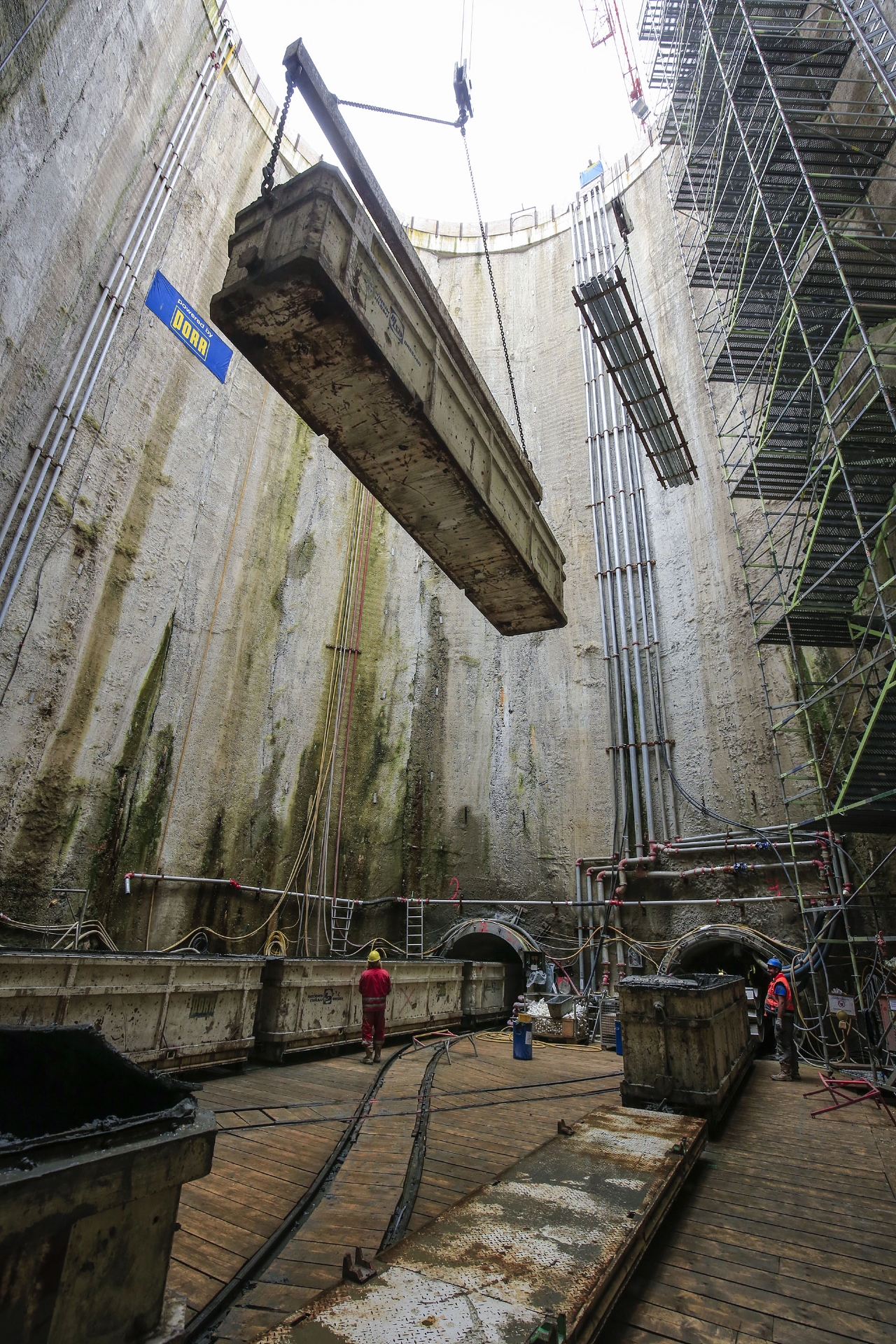
Building the new Emscher sewage: a giant construction site with a depth of 40 metres - Copyright: Rupert Oberhäuser
Hi-tech revival
The new Emscher sewage canal is an ultra-modern, underground drain complete with 3 high capacity wastewater pumping stations raising the wastewater to pipes on a higher level. Service robots will maintain and clean the pipes and locate cracks. A huge pipe, it is 51 km long, reaching depths of 40m, nearly 3 metres in diameter. Every kilometer an oxygenation pole ensures proper aeration inside the pipe. It is probably the world’s most modern wastewater system.
“You could drive a big car in this sewage pipe”, says Paeztel, smiling.
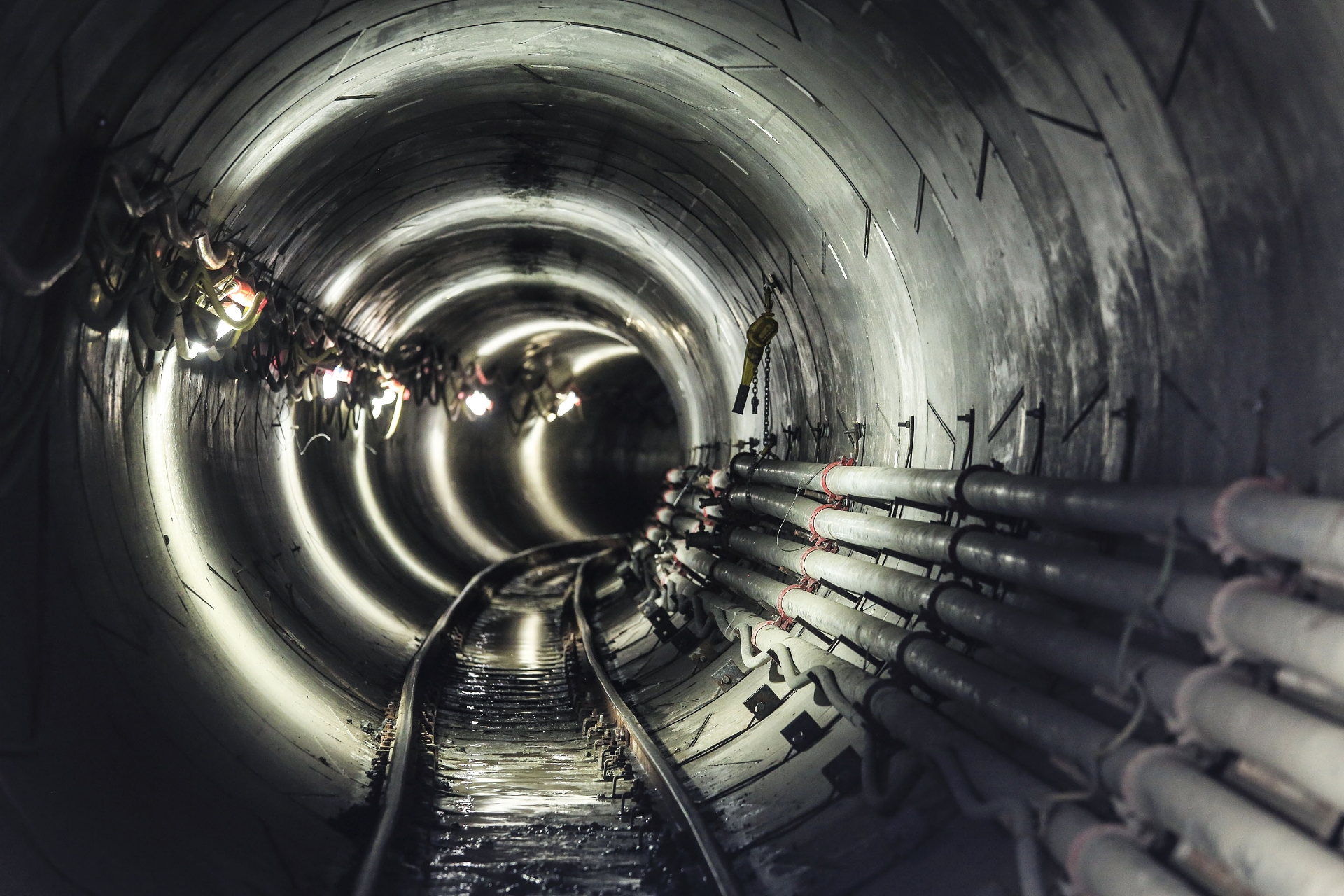
The new sewage system is over 400 km long. This is a section in Oberhausen. - Copyright: Rupert Oberhäuser
To keep the sewage flowing through this pipe, however, it has to have a downward slope, dropping 1.5 meters for every kilometer in length.
Another challenge lies where the Emscher flows into the Rhine. Here it falls over a 6 metre weir to land in the Rhine below. This prevents fish and other living organisms moving from the Rhine to the Emscher. To solve this, the Emscher mouth is to be diverted 500m north, where it will find space to spread out over more than 20 hectares of wetlands. That will permit a more natural exchange of fish between the two rivers.
Trains of cooperation

During its year as European Green Capital 2017, Essen plans to initiate over 300 projects and events that will further improve the quality of life of the city. Sustainability is at the top of the urban agenda. That includes promoting public transport.
The Rhine-Ruhr region is one of the most densely populated metropolitan areas in Europe. Public transport networks and rail connections on the route between Cologne, Essen and Dortmund are heavily overloaded. The EIB has long supported sustainable and environmentally responsible transport. So it was a natural to finance the Rhine-Ruhr Express.
A EUR 340 million loan from the Bank signed in April 2016 will be used to purchase 82 new double-deck electric trains with better energy efficiency, greater capacity and improved passenger comfort.
“It is above all a great story of unprecedented cooperation among four neighboring transport associations in the region”, says Peter Bernsdorff.
The Rhine-Ruhr Express forecasts approximately 31 000 passenger journeys a day, with a significant shifting to public transport from car travel. In the same region, the EIB is also co-financing the S-Bahn Ruhrgebiet. That will add around 40 electric trains serving Essen, amongst others cities.
Many urban areas in Europe are undergoing changes in the structure of their economies. That could make Essen’s successful transformation from a coal and steel city to the greenest city in Germany a real role model.
